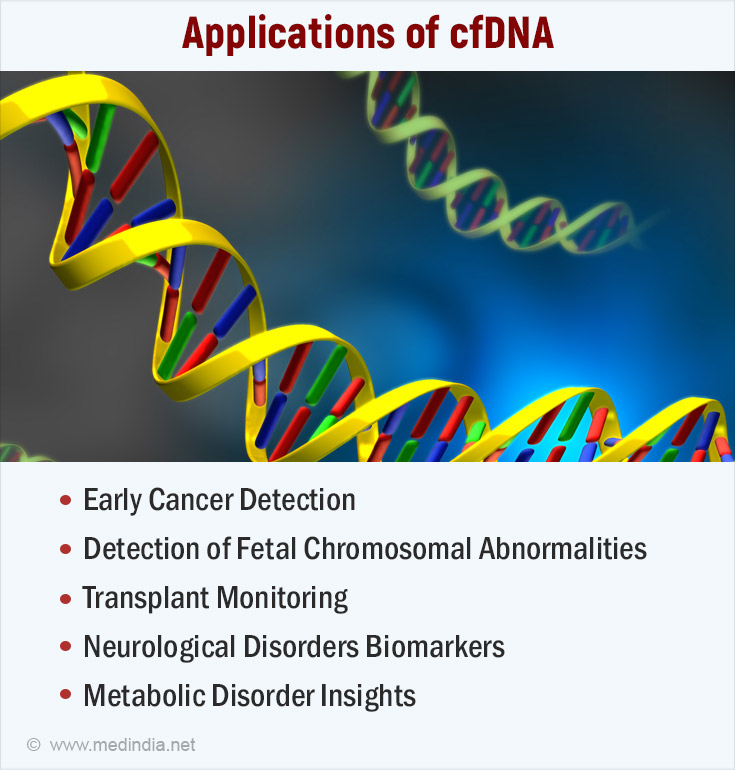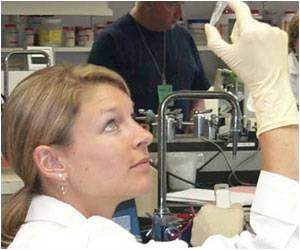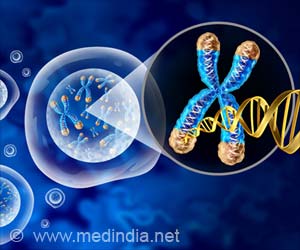- Plasma cell-free DNA (cfDNA) as a predictive and prognostic marker in patients with metastatic breast cancer - (https://pubmed.ncbi.nlm.nih.gov/31856868/)
- Circulating free DNA - (https://en.wikipedia.org/wiki/Circulating_free_DNA)
- Cell-Free DNA Testing - (https://www.genome.gov/genetics-glossary/Cell-Free-DNA-Testing)
- Prenatal Cell-Free DNA Screening - (https://medlineplus.gov/lab-tests/prenatal-cell-free-dna-screening/)
About
Cell-free DNA (cfDNA) has emerged as a revolutionary tool in modern medicine, offering a non-invasive window into our health. These fragments of DNA, circulating freely in our blood and other bodily fluids, hold a treasure trove of genetic information. This article explores the exciting applications of cfDNA and its potential to transform disease detection, diagnosis, and treatment.
Cell-Free DNA (cfDNA): A Boon for Modern Medicine
cfDNA refers to short fragments of DNA found outside cells. While most DNA resides within the nucleus of cells, cellular processes like cell death release cfDNA into the bloodstream. Scientists have known about cfDNA since the mid-20th century, but recent advancements have unlocked its potential for medical applications.
Did You Know?
cfDNA analysis can detect early-stage cancer from a blood sample! #cancerresearch #genomics #medindiacfDNA can be found in the plasma and serum of blood and other bodily fluids, such as urine and cerebrospinal fluid. The majority of cfDNA in healthy individuals originates from hematopoietic cells (blood cells), but in pathological conditions, cfDNA can also derive from diseased tissues, including tumors.
Key characteristics of cfDNA include:
- Fragmentation: cfDNA is typically fragmented, which is a result of cell death processes like apoptosis and necrosis.
- Concentration: The concentration of cfDNA can vary significantly, depending on physiological and pathological conditions. Increased levels of cfDNA are often observed in conditions such as cancer, inflammation, and trauma.
Isolation and Analysis of cfDNA
The isolation of cfDNA from blood plasma involves several steps:
- Blood Collection: Blood is collected in tubes containing anti-coagulants to prevent clotting.
- Plasma Separation: Centrifugation is used to separate plasma from blood cells.
- cfDNA Extraction: Specialized kits or protocols are employed to extract cfDNA from the plasma.
Once isolated, cfDNA can be analyzed using various techniques:
- Quantitative PCR (qPCR): Used to quantify the amount of specific DNA sequences.
- Next-Generation Sequencing (NGS): Provides detailed information about the genetic composition of cfDNA.
- Digital Droplet PCR (ddPCR): Offers high sensitivity for detecting specific mutations or variants(1✔ ✔Trusted Source
Plasma cell-free DNA (cfDNA) as a predictive and prognostic marker in patients with metastatic breast cancer
Go to source).
Applications of cfDNA
Applications of cfDNA's versatility has opened doors to various groundbreaking applications:
Early Cancer Detection:
cfDNA analysis holds immense promise for early cancer detection. Cancers shed cfDNA fragments containing tumor-specific mutations. Tests like the 'GEMINI' test utilize cfDNA sequencing to identify lung cancer at early stages, enabling timely intervention and improved treatment outcomes. Combining cfDNA analysis with existing screening methods can further enhance(2✔ ✔Trusted SourceCirculating free DNA
Go to source) overall cancer detection rates.
Monitoring Organ Transplants:
Organ transplantation offers a life-saving opportunity for patients with failing organs. cfDNA derived from the donor organ can provide valuable insights into the health and acceptance of the transplanted organ. Fluctuations in cfDNA levels can indicate organ rejection even before other clinical signs appear. Early detection of rejection allows for prompt medical intervention and improves transplant outcomes.Neurological Disorder Biomarkers:
Researchers are exploring cfDNA's potential as a biomarker for neurological disorders. Analyzing cfDNA patterns may aid in the diagnosis and monitoring of conditions like
Metabolic Disorder Insights:
cfDNA analysis is being investigated as a potential tool for metabolic disorders. Studying cfDNA patterns may help detect and manage conditions like type-2 diabetes and non-alcoholic fatty liverAdvancing Disease Research:
cfDNA analysis is a powerful tool for researchers.By studying cfDNA patterns in patients with various diseases, researchers can gain insights into disease mechanisms, monitor treatment effectiveness, and identify novel therapeutic targets.This paves the way for a deeper understanding of complex diseases and the development of new treatment options.Non-Invasive Prenatal Testing (NIPT):
Pregnant women can undergo a simple blood test to analyze fetal cfDNA present in their bloodstream. This non-invasive approach can detect chromosomal abnormalities in the developing fetus, such as Down syndrome, with high accuracy. NIPT offers a safer alternative to traditional invasive procedures like amniocentesis.Prenatal Cell-Free DNA Screening
A prenatal cfDNA screening is a blood test for pregnant women. It analyzes fetal DNA circulating in the mother's bloodstream to assess the risk of chromosomal abnormalities in the developing baby. This non-invasive test offers a safe and effective alternative to traditional prenatal diagnostic procedures(3✔ ✔Trusted Source
Cell-Free DNA Testing
Go to source).
A cfDNA screening is most often used to show if your unborn baby has an increased risk for one of the following chromosome disorders:
- Down syndrome (trisomy 21)
- Edwards syndrome (trisomy 18)
- Patau syndrome (trisomy 13)
The screening may also be used to:
- Determine a baby's gender (sex)
- Check Rh blood type
A cfDNA screening can be done as early as the 10th week of pregnancy(4✔ ✔Trusted Source
Prenatal Cell-Free DNA Screening
Go to source).
Challenges and Limitations
Despite its promising applications, cfDNA analysis faces several challenges:
- Low Concentration: cfDNA is often present at low concentrations, especially in early-stage diseases, making detection difficult.
- Fragmentation and Degradation: The fragmented nature of cfDNA can complicate analysis.
- Standardization: There is a need for standardized protocols for cfDNA isolation and analysis to ensure consistency and reliability across different laboratories.
The Future of cfDNA
cfDNA research is a rapidly evolving field with immense potential to revolutionize healthcare. As our understanding of cfDNA continues to grow, we can expect even more innovative applications to emerge in the coming years. cfDNA holds the promise of personalized medicine, enabling tailored treatment plans based on an individual's unique genetic makeup. This exciting technology has the potential to transform disease detection, diagnosis, and treatment, ultimately leading to a healthier future for all.










